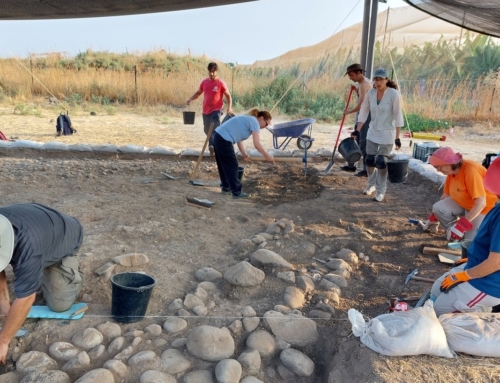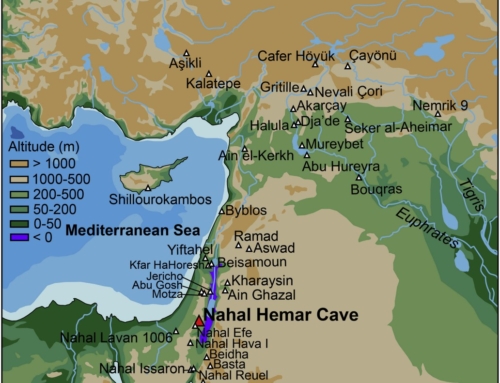Parution d’un article dans la revue Plos-One et revue de presse internationale (août 2020) : Un bûcher-tombe découvert sur le site archéologique de Beisamoun (dir. Fanny Bocquentin CNRS-CRFJ & Hamoudi Khalaily IAA) dans le nord d’Israël, témoigne d’une révolution dans la pratique funéraire, apparue il y a 9000 ans. Il s’agit de la preuve la plus ancienne de la pratique de la crémation au Proche Orient.
Le communiqué du CNRS (1) – Autre communiqué du CNRS (2) – Le Monde – Géo – El Pais
En Israël :
Jerusalem Post – i24 – Haaretz – Time of israel












